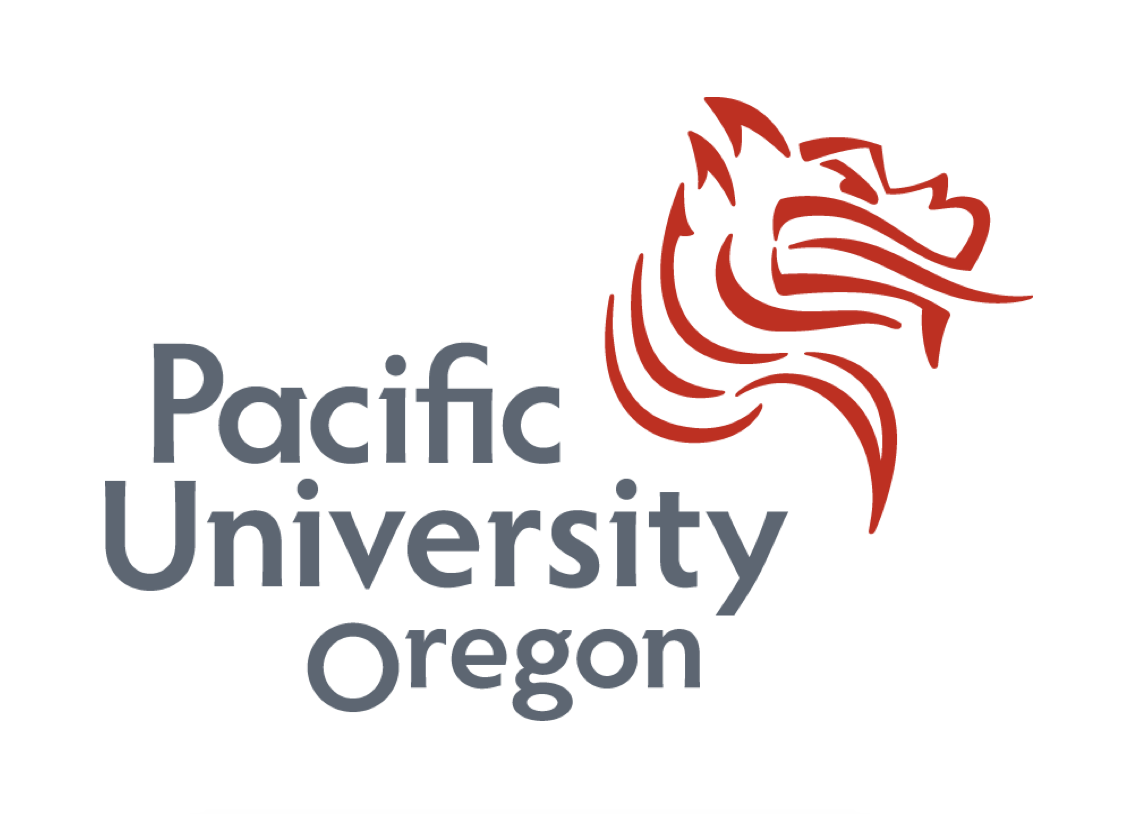Tree Climbing Adventures and Science Posters
/ Aja AppelEach morning we eagerly check our tadpole tank to see how our tadpoles are developing! We’ve noticed the tadpoles getting bigger each week and they are eating plenty of algae. They sometimes rest on the bottom of the tank and other times they can be found flitting around the tank or hiding in the log. Students express great concern for how the tadpoles are doing and are careful to have calm bodies around the tank. This week students created art depicting the tadpole stage of development. It’s fascinating to observe how students’ art pieces differ, even as the subject matter is the same. We can’t wait to showcase some of our artwork at next month’s Celebration of Learning! This week Mr. Mark visited the outdoor classroom to do a tree climbing demonstration. We were introduced to the western red cedar that grows in our classroom. Ask your child to tell you what the indigenous people call this beautiful tree. Mr. Mark demonstrated how to carefully climb in a way that keeps both the climber and the tree safe. Afterwards, students had an opportunity to try their hand at tree climbing. Students had huge smiles on their faces and felt empowered as they carefully climbed their way up the tree. Students did a fantastic job being gentle with the tree, careful with their bodies, and knowledgable about their own limits. Every child who climbed listened to their internal voice to determine how high felt safe for them to climb. Ms. Casey came in to play Qwirkle with small groups of students. Through this game students are learning to think strategically and use tally marks to keep score. They are also practicing their addition and pattern-recognition skills. Ms. Linda came in to help students sew individual treasure bags. Thanks to Ms. Linda, our Otter students have gained much experience sewing and felting this year. Students were excited to discuss what they plan to keep in their treasure bags. Everything from gems to baseball cards! Mr. Greg came in to help students on engineering project kits too. In spelling this week second graders are learning about homophones and strategies to remember how to spell some common homophones. For our States of Matter unit students worked with partners to create science posters that described some of our more common states of matter: solid, liquid, gas, and plasma. We had a fascinating discussion about whether or not gravity was a gas. Students argued passionately on both sides. It was an excellent opportunity to practice disagreeing with others (kindly) and presenting facts to support your viewpoints. After our animated discussion, students did some research to determine the scientific answer. We learned that gravity is actually NOT a type of matter, but instead is a fundamental force that acts on matter. After completing our science posters, we learned about public speaking and how to effectively share knowledge with others. Students worked to present their posters with loud, clear voices and in an engaging manner. Afterwards classmates gave them feedback. We used this sentence frame to guide our feedback. I liked how you _________. Next time you might want to try ___________. Public speaking can be scary and students are doing a fantastic job presenting their knowledge and receiving feedback from others. Both of which are challenging life skills; even for adults! About one third of the groups presented this week and the rest will present next week. We ended our week with buddy reading and a trip to the Pacific Library.
















































































